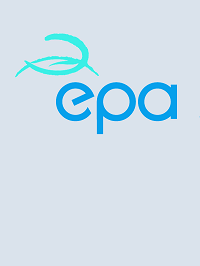Eutrophication From Agriculture Sources: Seasonal Patterns & Effects of Phosphorus
Final Report - ERTDI Report 13 - Jennings et al
Summary: Study of phosphate discharges to water bodies, as part of the large-scale study

Water quality :: Environmental Protection Agency, Ireland